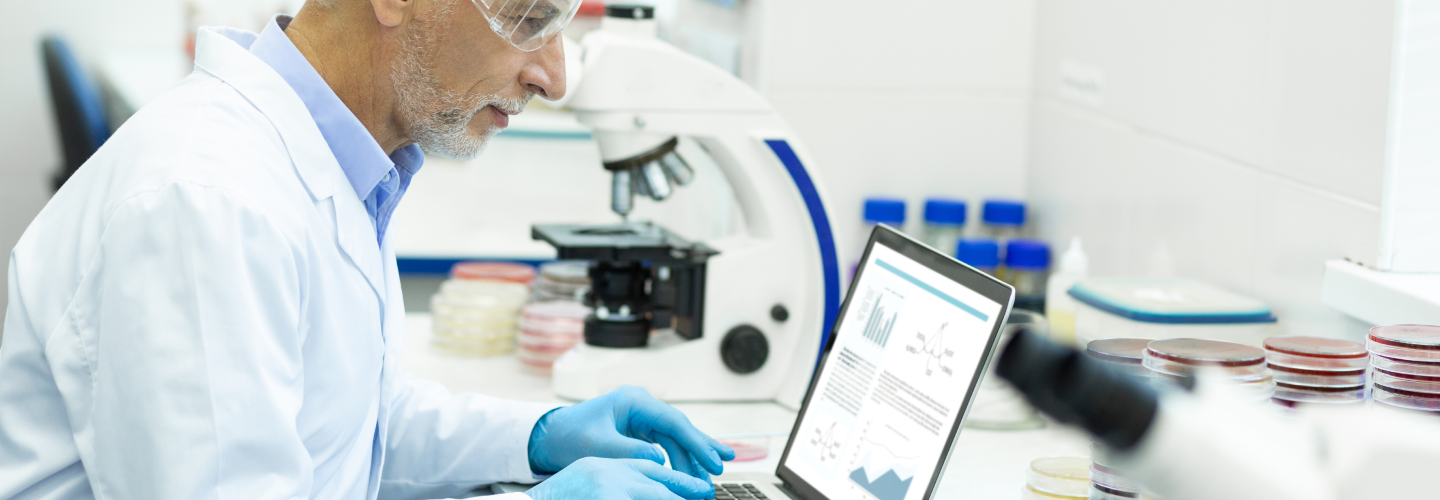
Scientific articles
Check out the main scientific publications that mention Angelus products.

Comparative Cytocompatibility and Mineralization Potential of Bio-C Sealer and Total Fill BC Sealer
ABSTRACT:
Based on the results from this study, Bio-C Sealer and TotalFill BC Sealer demonstrated better cytocompatibility in terms of cell viability, migration, cell morphology, cell attachment, and mineralization capacity than AH Plus.
REFERENCE:
LOPEZ-GARCIA, S.; ET AL. Comparative Cytocompatibility and Mineralization Potential of Bio-C Sealer and TotalFill BC Sealer. Materials 2019, 12, 3087.

Evaluation of Physicochemical Properties of a New Calcium Silicate–based Sealer, Bio-C Sealer
ABSTRACT:
Bio-C Sealer is a new calcium silicate–based root canal sealer that has an adequate setting time, flow, and radiopacity. Although this material had high solubility, the micro-CT assessment indicated low volumetric change.
REFERENCE:
ZORDAN-BRONZEL, C.L.; ET AL. Evaluation of Physicochemical Properties of a New Calcium Silicate–based Sealer, Bio-C Sealer. JOE Volume -, Number -, - 2019.
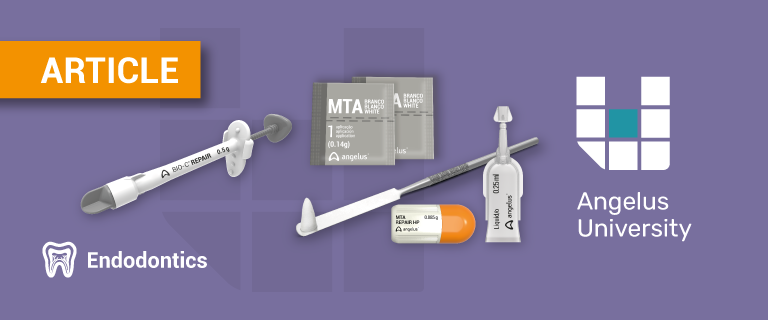
Cytotoxicity, Biocompatibility and Biomineralization of a New Ready for- Use Bioceramic Repair Material
ABSTRACT:
New mineral trioxide aggregate (MTA) formulations are constantly introduced in the market, usually in a powder-and-liquid form. Bioceramic (Bio-C) Repair is a ready-for-use material suggested as substitute for MTA, but its properties need to be studied. This study evaluated the cytotoxicity, biocompatibility and biomineralization of Bio-C Repair compared to MTA Repair High-Plasticity (MTA-HP) and white MTA-Angelus (MTA-Ang). L929 fibroblasts were exposed to material-extracted (undiluted, ½ and ¼ dilutions; 6, 24 and 48h). Polyethylene tubes with material or empty (control) were implanted in the subcutaneous tissue of rats. After 7 and 30 days (n=8), the specimens were removed for analysis (hematoxylin-eosin, von Kossa and polarized light). Cytotoxicity data were statistically analyzed by two-way ANOVA, and biocompatibility data by Kruskal-Wallis and Dunn tests (p<0.05). The cells exposed to the materials had greater viability at most of the periods compared with control (p<0.05). The undiluted and ½ dilutions of MTA-HP extract showed higher cytocompatibility than Bio-C Repair at 6 h and with the ¼ dilution at 24 h (p<0.05); the white MTA-Ang showed higher cytocompatibility than Bio-C Repair at most of periods (p<0.05). The undiluted white MTA-Ang extract had higher cytocompatibility at 6 and 24h than MTA-HP, and with ½ dilution at 24h (p<0.05). The materials’ cytocompatibility was similar at 48h for most dilutions (p>0.05). At 7 and 30 days, the groups had moderate and mild inflammation, respectively (p>0.05). All materials showed positive structures for von Kossa and polarized light. In conclusion, Bio-C Repair had similar cytocompatibility to MTA-based materials is biocompatible and induces biomineralization.
REFERENCE:
BENETTI, F.; ET AL.; Cytotoxicity, Biocompatibility and Biomineralization of a New Readyfor- Use Bioceramic Repair Material. Brazilian Dental Journal (2019) 30(4): 325-332.
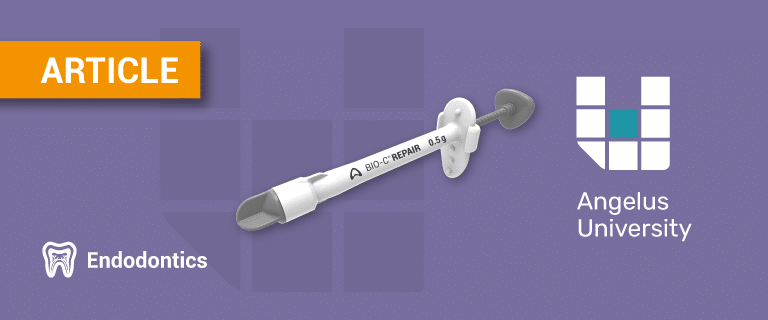
The use of a new bioceramic material in endodontic microsurgery
ABSTRACT:
Synergism of clinical microscopy and ultrasonic devices allows the execution of extremely precise treatments. Endodontic microsurgery, when performed within the modern concepts, is a remarkable therapeutic alternative, predictable and viable for the conservation of teeth with secondary or persistent apical periodontites. A new generation of premixed bioceramic products simplifies retrofilling procedures and might has elicited quicker and complete apical bone repair.
REFERENCE:
PEREIRA. L.. The use of a new bioceramic material in endodontic microsurgery. ROOTS MAGAZINE, 1_2019.

Comparação da eficácia de diferentes solventes orgânicos na dissolução do MTA-Fillapex
ABSTRACT:
Os solventes endosolv R (0,0065), citrol (0,0072) e eucaliptol (0,0077) resultaram em postos médios de solubilidade semelhantes entre si (p>0,05), todavia distintos (p<0,05) dos demais e menores que os obtidos para o xilol (0,0132), clorofórmio (0,0168) e endosolv E (0,0186). Estes últimos, por sua vez, foram semelhantes entre si (p>0,05). Conclusões: Todos os solventes orgânicos testados apresentaram capacidade de dissolução do MTA Fillapex, sendo o xilol, clorofórmio e endosolv E os mais efetivos.
REFERENCE:
Ribeiro, j.r.c.; et al. Comparação da eficácia de diferentes solventes orgânicos. Sci invest dent. 2020;25(1):02-08 .
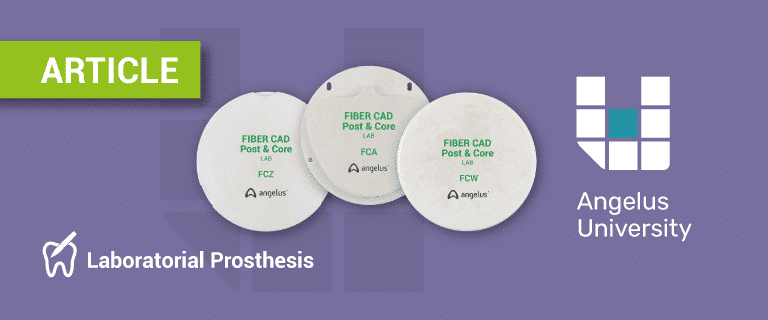
Impact of Mechanical Load of Three Post and Core Systems:CAD/CAM-fabricated Glassfiber, Prefabricated GlassfiberCustomized with Composite Resin, and Cast Metal Postsand Cores
ABSTRACT:
The fracture resistance of CAD/CAM-fabricated glassfiber posts and cores was comparable to that of cast posts and cores, and they were not associated with irreparable root fractures. Therefore, CAD/CAM-fabricated glassfiber posts and cores can be considered an effective method for restoring endodontically treated teeth.
REFERENCE:
SECLER, I.N.B.; ET AL. Impact of Mechanical Load of Three Post and Core Systems: CAD/CAM-fabricated Glassfiber, Prefabricated Glassfiber
Customized with Composite Resin, and Cast Metal Posts and Cores. Conservative Dentistry and Endodontic Journal, Volume 5 Issue 2 (July–December 2020)
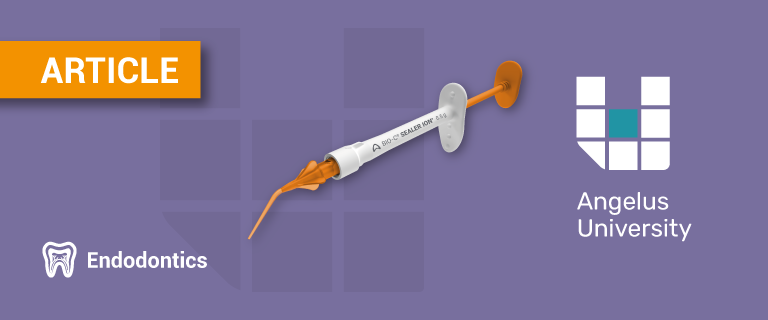
Microstructural composition, ion release, and bioactive potentialof new premixed calciumsilicate–based endodontic sealers indicated for warm vertical compaction technique
ABSTRACT:
The calcium silicate–based sealers considered in the present in vitro study exhibited a high calcium ion release, adequate cytocompatibility, upregulated osteo/cementogenic gene expression, and increased mineralized nodule formation in contact with hPDLCs. Clinical relevance From a biological perspective, BCI and BCHiF could be clinically suitable for root canal filling.
REFERENCE:
SANZ, J.L.; ET AL. Microstructural composition, ion release, and bioactive potential of new premixed calciumsilicate–based endodontic sealers indicated for warm vertical compaction technique. Clin Oral Invest DOI 10.1007/s00784-020-03453-8, JUL 2020.

Comprehensive review of current endodontic sealers
ABSTRACT:
Compared to AH Plus, tricalcium silicate sealers show the lowest relative microleakage among the sealers assessed, followed by silicone sealers and other non-AH Plus epoxy resin sealers. Tricalcium silicate sealers also exhibit the most favorable antimicrobial effect and excellent biocompatibility. Future sealers developed should ideally combine a hermetic seal with therapeutic effects.
REFERENCE:
KOMABAYASHI, .; ET AL. Comprehensive review of current endodontic sealers. Dent Mater J 2020;Mar 24. doi: 10.4012/dmj.2019-288.
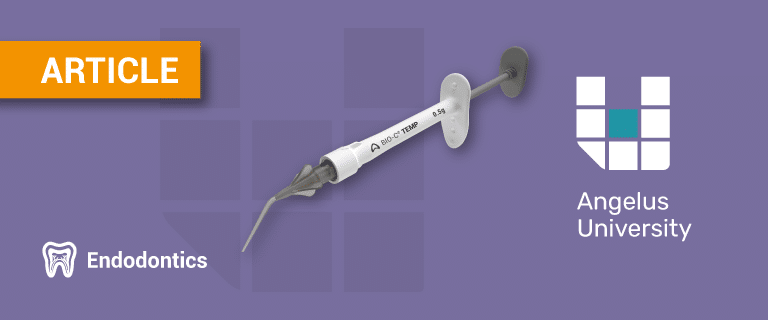
A laboratory evaluation of cell viability, radiopacity and tooth discoloration induced by regenerative endodontic materials
ABSTRACT:
The new bioceramic material (BT) had acceptable cell viability, similar to that of MTA and UC at the highest dilutions, and BT resulted in less tooth colour change than MTA and UC. Despite its lower radiopacity, BT was identified radiographically.
REFERENCE:
OLIVEIRA, L.V.; ET AL. A laboratory evaluation of cell viability, radiopacity and tooth discoloration induced by regenerative endodontic materials. International Endodontic Journal, 53, 1140–1152, 2020.
We use cookies to provide you with a better experience, improve performance, analyze how you interact on our website and customize content. By using this website, you agree to the use of cookies.
OK, I GOT ITWe use cookies to provide you with a better experience, improve performance, analyze how you interact on our website and customize content. By using this website, you agree to the use of cookies.

SAC
Specialized Customer Service
Monday to Friday, from 7:30 a.m to 5:30 p.m (GMT-3).